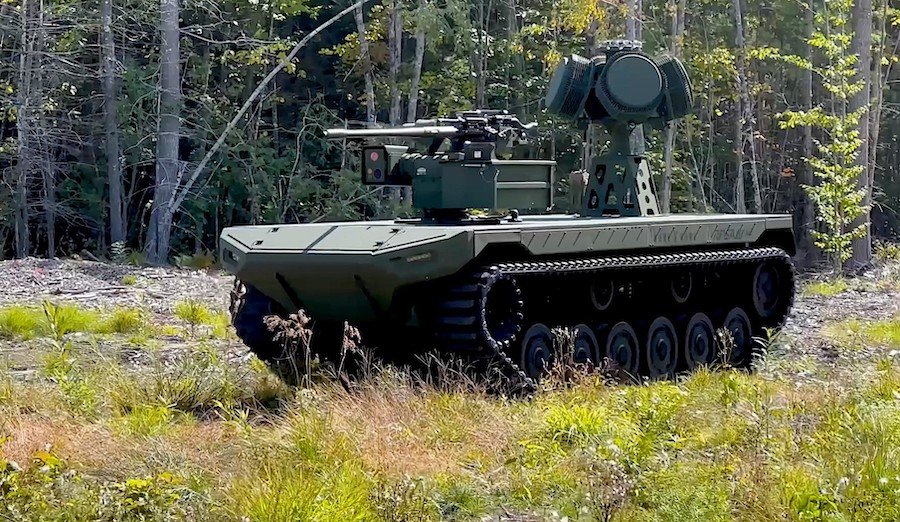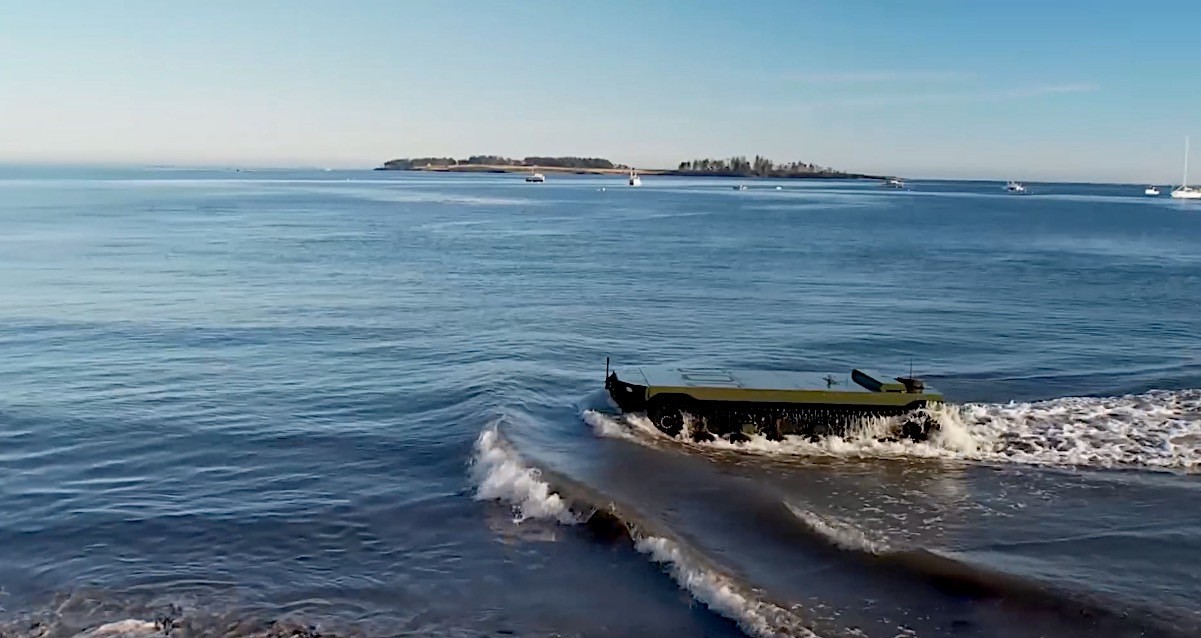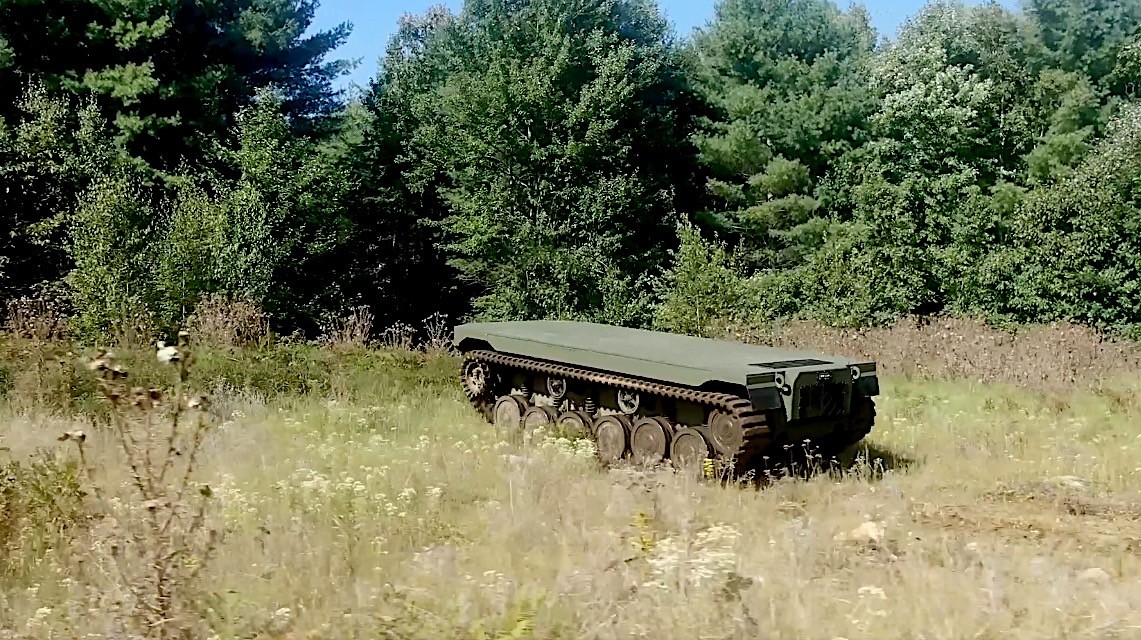Ripsaw M3 Robotic Vehicle Is a Glimpse Into America's Future Wars

Next on the agenda for the U.S. Army, for instance, is the Robotic Combat Vehicle (RCV). It's an umbrella name for an upcoming uncrewed platform that could be used for a variety of military tasks, from scouting and escort duties to actual combat.
The RCV program is in its early stages, as the Army just announced the companies that will be competing for the contract: Textron Systems, McQ, General Dynamics Land Systems, and Oshkosh Defense. We'll be covering what each of them has to offer for the task over the coming days, starting with the solution envisioned by Textron.
The defense contractor is not alone in the project but works with Howe & Howe and Teledyne FLIR to develop a beefed-up variant of a platform it calls Ripsaw M3.
Like all other robots taking part in the Army competition, the Ripsaw is nothing more than a tracked platform on top of which a variety of payloads can be fitted. It houses all the yet undisclosed brain and muscle it needs to operate autonomously, and only needs gear and weapons to be added to be turned into a fighting platform.
Like all tracked vehicles ever made, this one too can travel over all sorts of terrain imaginable. Unlike most of the others, though, it can also move underwater (check gallery for more on that), through ways and means that are still a secret.
Technically speaking, the U.S. Army does not require its future RCV to be able to swim, but Textron included this capability anyway.
The eight-ton robot is of the open architecture variety, meaning it will be upgradable as needs evolve, while the payloads it will use are exchangeable, making it a tool whose purpose could be changed on the go.
As part of the Phase I award they received from the U.S. Army, Textron and its partners have until August 2024 to deliver two Ripsaw prototypes. Soldiers will take them out for testing, looking for how the platform performs in terms of mobility, sensors, and remote vehicle control.
The second phase of the RCV program, expected to take place in 2025, is when a winner to make these things will be selected. The Army plans to field the robots on battlefields sometime in 2028.
The effort is hugely important for the Army, who plans on spending no less than $750 million over the next five years developing the RCV. It's unclear exactly how many of them the military needs.


Related News
